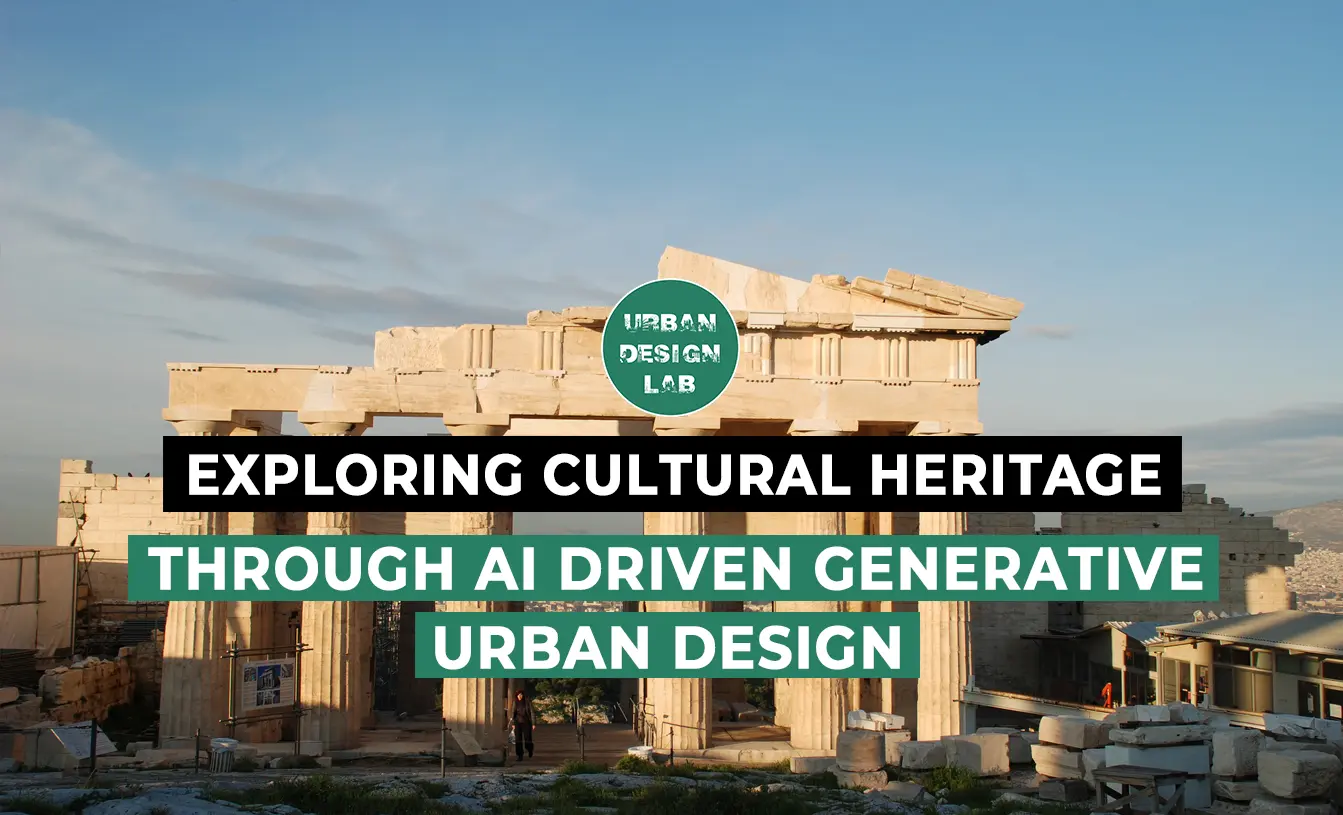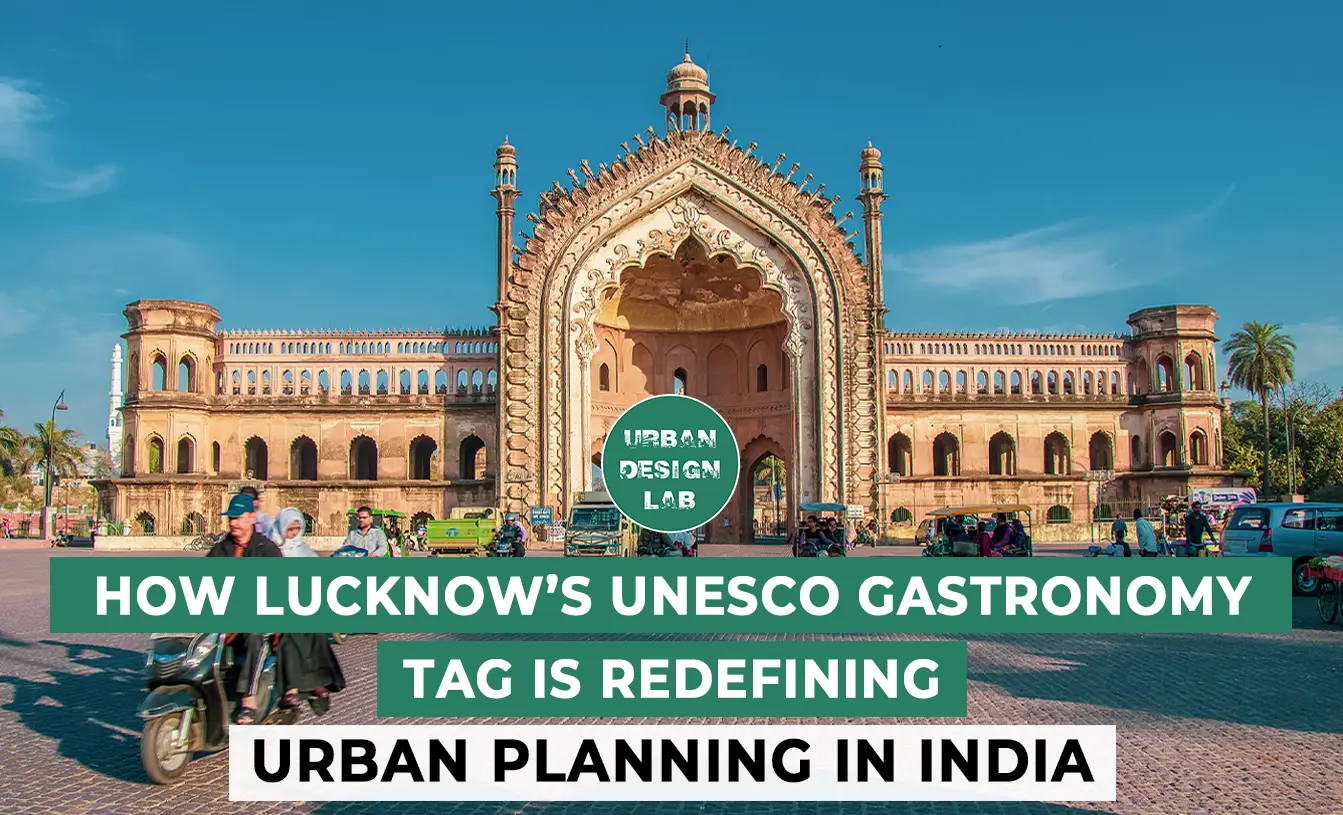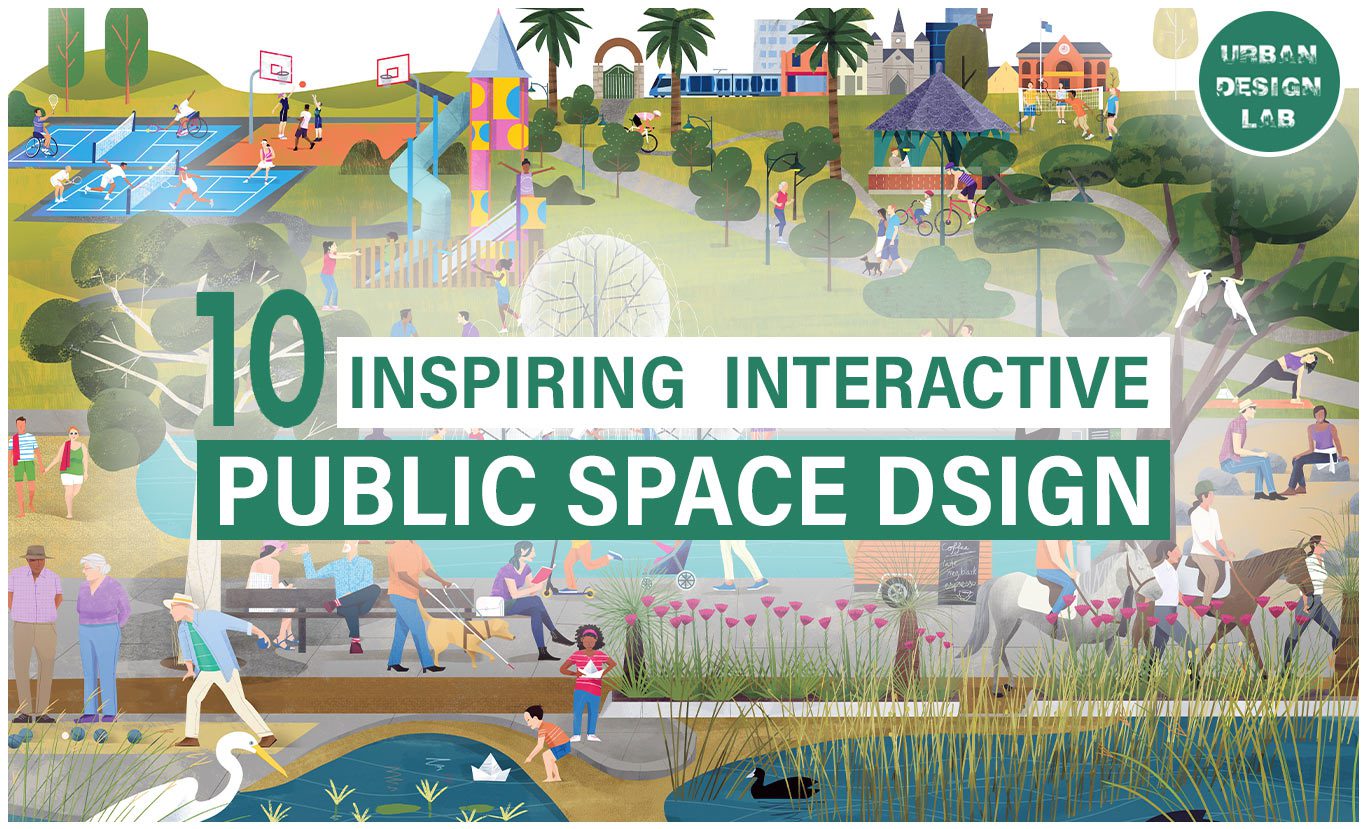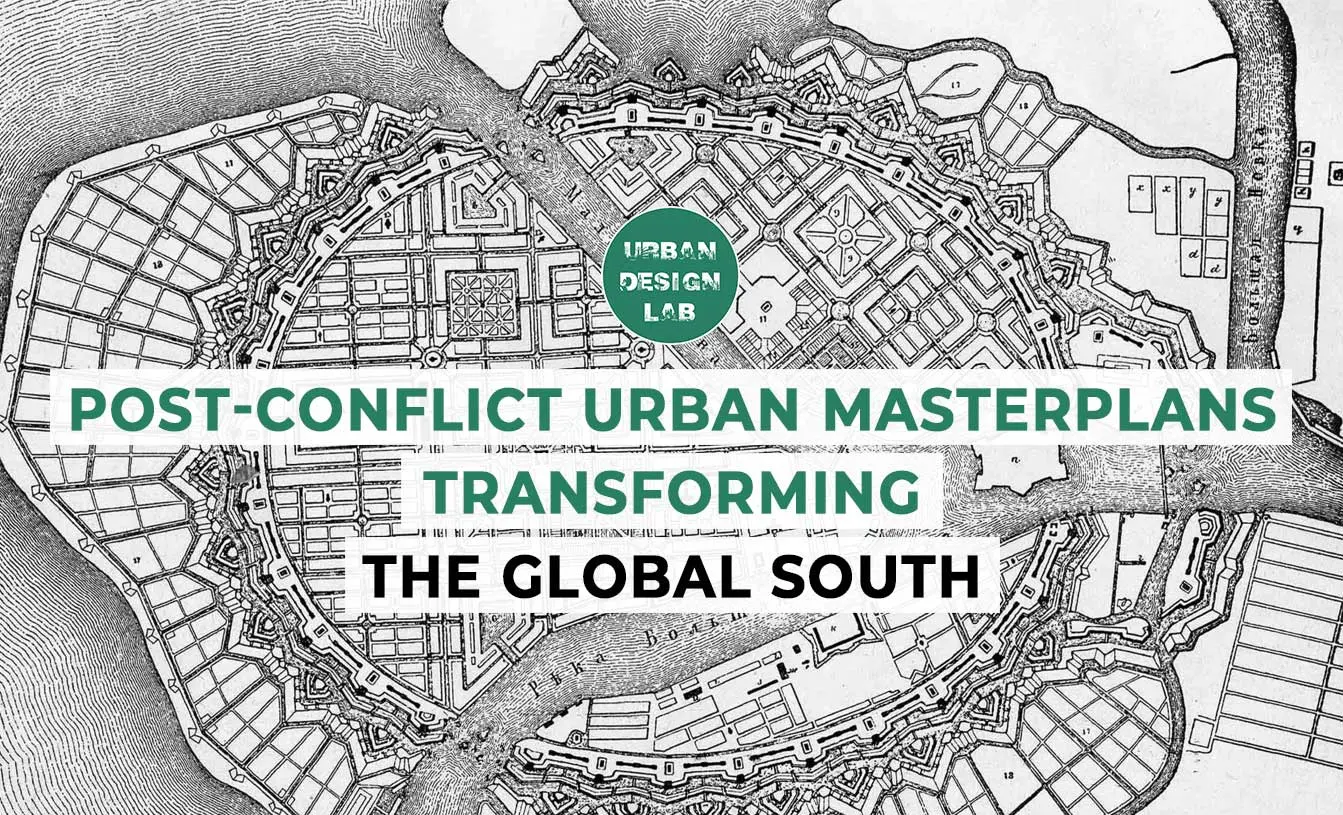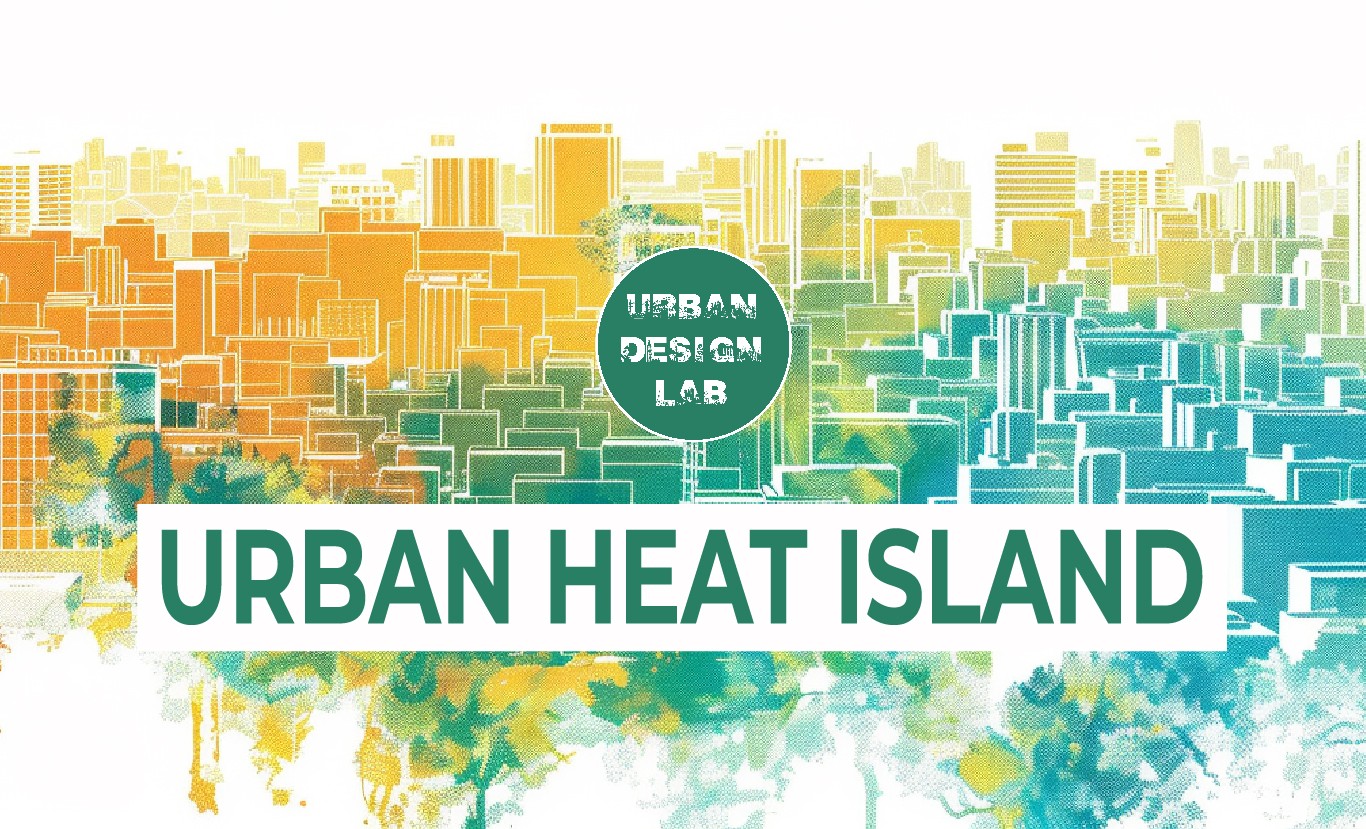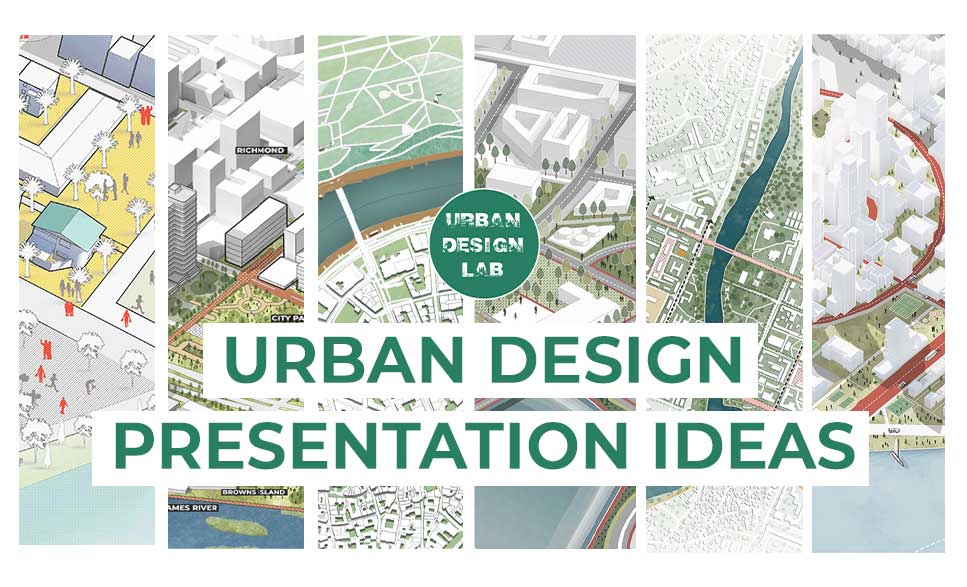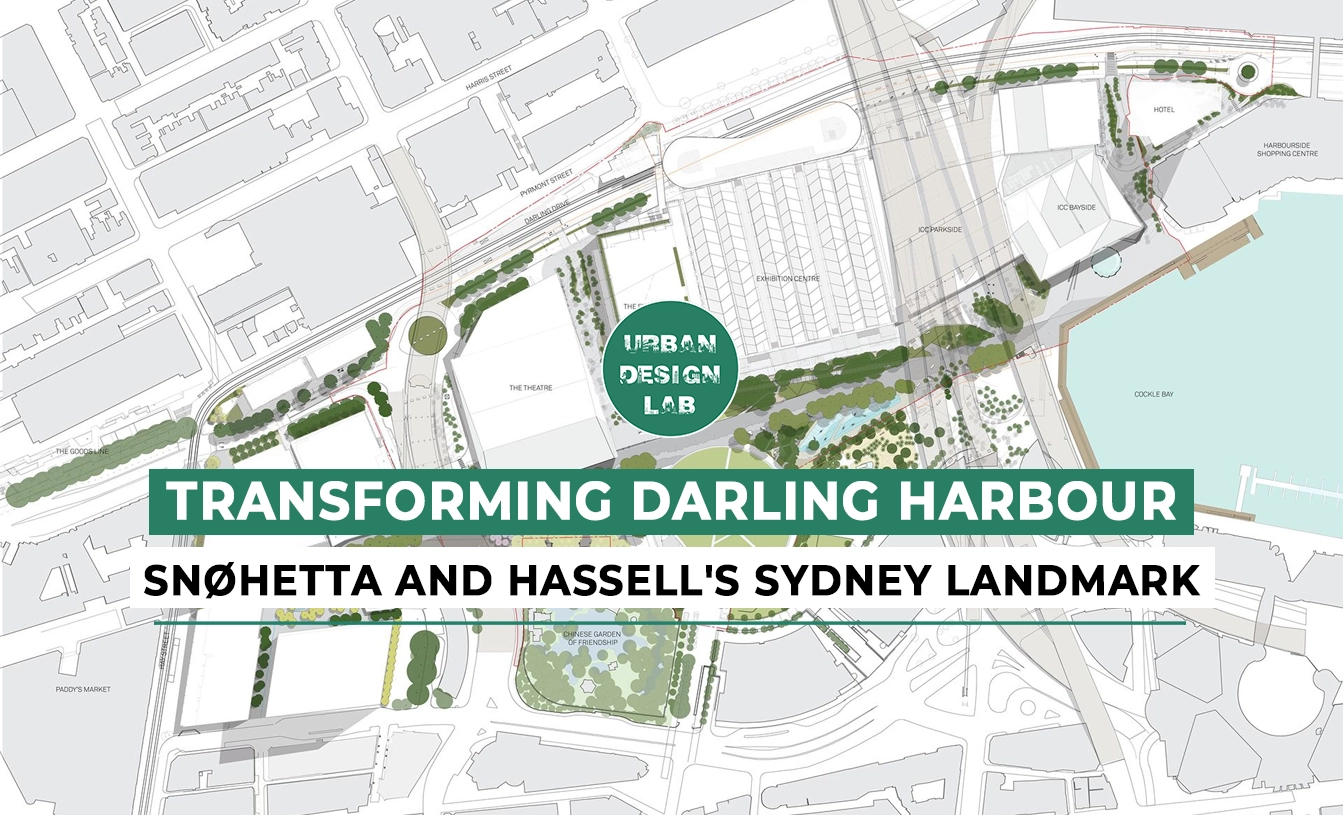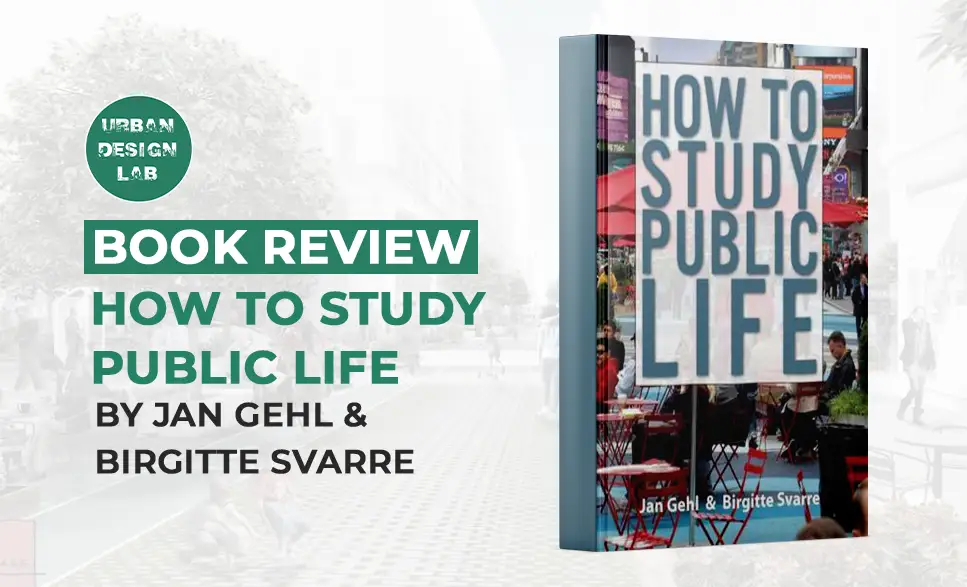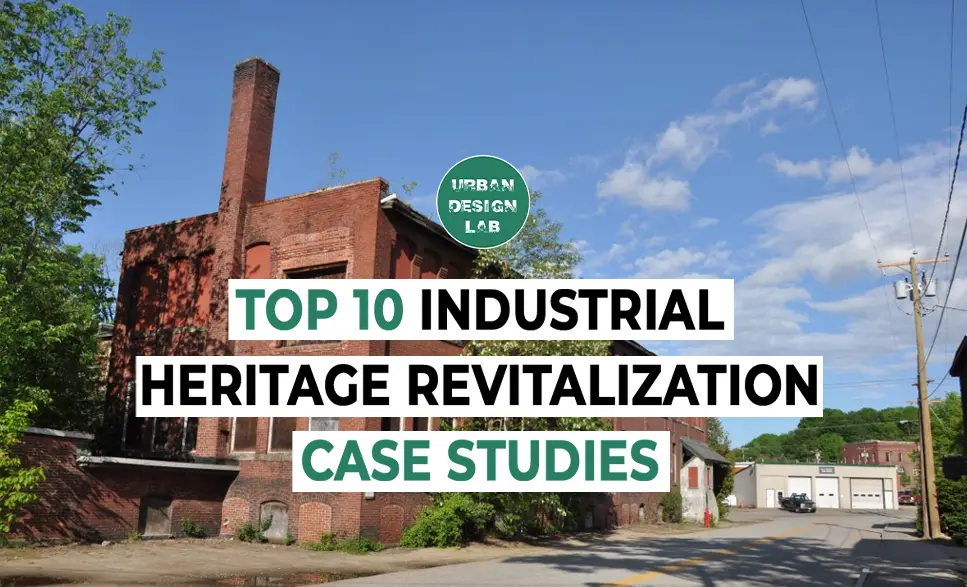
Book Review: The Concise Townscape by Gordon Cullen

In the realm of urban design and architecture, few works have achieved the status of a true masterpiece. One such exceptional contribution is “The Concise Townscape” by Gordon Cullen. This influential book has made an indelible mark on the field, captivating professionals and enthusiasts alike with its profound insights and visionary ideas. Published in 1961, “The Concise Townscape” revolutionised the In a captivating exploration of urban environments, Cullen delves into the concept of “townscape” and its profound impact on the human experience.
By emphasising the interconnectedness of visual elements, he sheds light on the intricate composition that defines a town. In this comprehensive review, we will explore the key concepts presented in the book, providing valuable insights for professionals and enthusiasts alike. Whether you are a seasoned expert or simply curious about the subject matter, this article will offer a detailed analysis of the book’s content. So, let’s dive in and uncover the essential ideas that make this book a must-read for anyone interested in the topic.
Author's Background
It’s crucial to comprehend the author of the masterpiece before delving further into the book. British architect and urban designer Gordon Cullen, who lived from 1914 to 1994, is renowned for his creative approach to city planning. Cullen committed his life to the study of the advancement of urban environments out of a desire for making cities more habitable and enjoyable. Professionals in the field are continually motivated by his distinctive perspective on townscapes and cities.
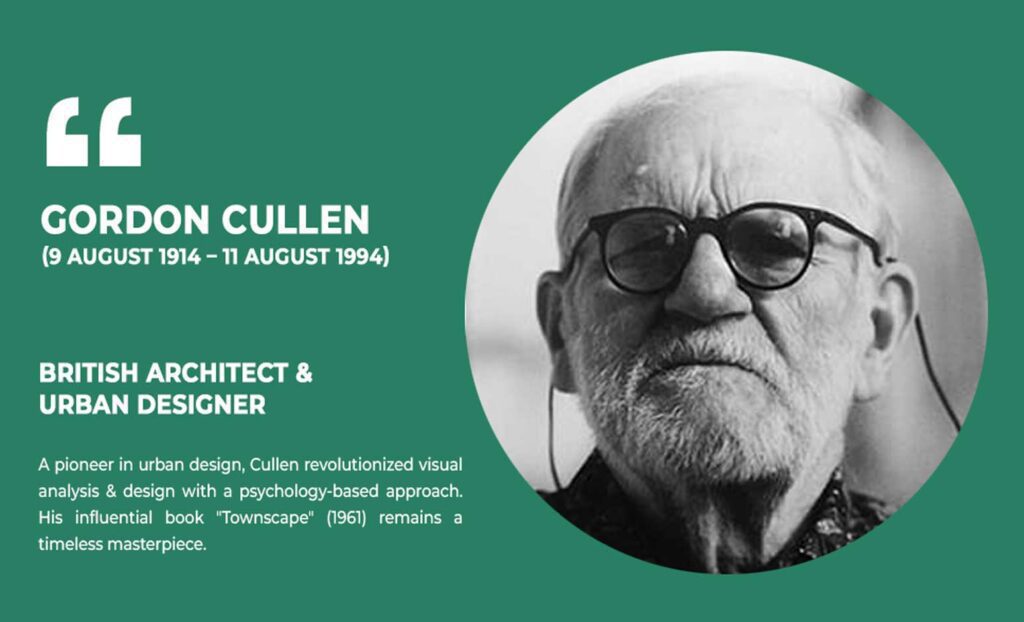
Book Review: The Concise Townscape by Gordon Cullen
The book “The Concise Townscape” provides an in-depth look at the factors that contribute to the distinctive character of life in cities and towns. The writing of Cullen enthrals readers and pulls them into the fascinating world of urban planning and architecture. Let’s get into the fundamental ideas that define this extraordinary piece of work:

Download Editable Resume Templates
Create a Stunning Professional CV
Free Editable Templates
Townscapes and Visual Perception
“The Concise Townscape” is built around the idea of “townscape.” According to Cullen, a town is an intricately interwoven visual entity rather than just a group of structures. He encourages readers to think of towns as living things with unique personalities and characteristics. Urban planners and architects may create environments that speak to the human spirit by having a thorough understanding of how people experience and perceive the urban environment through their senses.
Serial Vision:


In “The Concise Townscape,” Gordon Cullen introduces the fascinating idea of “serial vision,” which serves as a key tenet of his townscape philosophy. Serial vision is fundamentally concerned with how people experience and understand the urban environment as they move about it. Visual elements are not presented all at once when individuals go through a town; rather, they appear progressively, exposing themselves as one moves along streets and walkways.
Imagine walking through a town where buildings may appear one by one on the horizon, streets and squares may appear around corners, and public areas may gradually come into view. A sense of suspense and surprise is created as the urban landscape develops, which improves the town’s overall experience. It’s similar to reading a book where each page reveals a new chapter, capturing the reader’s interest and piqueing their curiosity.
Urban planners and architects can carefully orchestrate a town’s visual narrative by comprehending the serial vision concepts. They are able to plan the urban fabric so that certain important features become focal points from particular vantage points, making an effect on both locals and tourists alike. This deliberate arrangement of visual components produces a cogent and enduring urban experience, influencing how people see and remember the city.
Serial vision enhances the urban landscape with a sense of mystery and discovery while also fostering community. The town’s diverse components feel connected when the aesthetic pieces are skillfully put together, creating a seamless whole. The town becomes more significant and relatable to its citizens as a result of this coherent experience, which strengthens a sense of place and identity.
Imagine exploring a town where the streets take you to charming squares, each with its own personality and charm. Every corner you turn reveals buildings with fascinating architectural features that beckon you to investigate more. The way the town’s visual components develop makes you feel connected and as though you are a part of a dynamic narrative within the urban fabric.
Visual Delight and Civic Pride:
Strategic placement of well-designed public areas and landmarks within the urban fabric improves the town’s visual appeal as well as its practical elements. The lives of those who reside in the town are enriched by the town’s beautifully designed parks, colourful squares, and prominent monuments that serve as meeting places and centres for social interaction. Such areas serve as the focal points for neighbourhood gatherings, cultural activities, and a range of recreational pursuits, promoting a sense of community and enhancing the town’s distinct identity.
When locals are proud of their community, they are more willing to contribute to its growth and upkeep. This increased sense of ownership frequently results in a group effort to preserve and safeguard the town’s historical buildings and scenic surroundings. Consequently, well-maintained, cleaner, and more environmentally friendly municipalities are more common.
Additionally, a town’s aesthetic appeal draws visitors and tourists, creating business opportunities and employment options for the neighbourhood. Local businesses can grow and the town’s prosperity can be attributed to its favourable reputation as a desirable vacation spot.

The Image of the Town:
Cullen emphasises how important architecture and urban design have been in creating this perception of the town. The planned placement of the town’s structures, streets, gathering places, and monuments all contribute to its visual story. When these components work together harmoniously, they produce an enduring and real feeling of place that resonates with its inhabitants.
The perception that people have of a town affects both how locals and visitors interact with their surroundings. When someone encounters a town for the first time, a well-crafted town picture can arouse their curiosity and feeling of amazement. This attractiveness can turn a community into a popular tourism attraction, luring both visitors and new residents.
Designers who are aware of the importance of a town’s reputation are better equipped to build enduring structures. They are able to skillfully meld traditional aspects with new ones, maintaining the town’s identity while meeting contemporary demands. Depending on the town’s distinct character and objectives, designers might invoke a nostalgic charm or an innovative spirit by utilising the possibilities of the town’s image.
Additionally, a deliberate effort to improve the town’s image fosters a strong sense of loyalty and pride among its citizens. People who appreciate their hometown’s uniqueness and beauty become its natural champions, promoting its preservation and valuing its past. This pride strengthens the community’s link and dedication to the well-being of the town by fostering a sense of belonging and solidarity.

Path and Place:
Cullen explores the concepts of “path” and “place” in urban design. Paths represent the routes people take through a town, while places are the areas where individuals pause, interact, and form memories. A thoughtful balance between the design of paths and places is essential for creating vibrant and functional urban spaces that cater to human needs and encourage social interactions.
The streets of a town’s paths are like the veins that supply it with vitality. They serve as a representation of the paths that people follow to get from one place to another. Designing thoughtful paths takes accessibility, connectivity, and efficiency into account. The town can be readily navigated and accessible to everybody, including pedestrians and bikers, thanks to well-designed walkways that may produce a smooth flow of movement.
The places in a town, on the other hand, are like the soul that give it personality and sense of identity. These are the places where people stop, congregate, and converse. Places that act as social hubs and promote a sense of community and belonging include public squares, parks, plazas, and community centres. Places should be designed with comfort, beauty, and usefulness in mind to entice visitors to stay awhile, interact, and make memories.
Creating dynamic and useful urban spaces that meet human needs requires striking a fine balance between paths and locations. Towns that feel disorganised and lack venues for social interaction may be the result of having too many paths and not enough areas. Conversely, a town’s general cohesiveness may be hampered by an abundance of locations without thoughtfully planned paths that create isolated areas.
Cullen emphasises that the skillful blending of paths and locations is in and of itself a form of art. Designers with skillfully woven routes purposefully connecting points of interest and assuring easy navigation. This seamless blending facilitates impromptu interactions between individuals, establishing a sense of community and improving the town’s overall livability.

Scale and Proportion:
“The Concise Townscape” delves into the profound significance of scale and proportion in urban design. Cullen emphasizes how the size and form of buildings, streets, and public spaces impact the overall character of a town. By carefully considering scale and proportion, designers can create places that evoke emotional responses, ranging from awe to intimacy, ultimately shaping the town’s identity.
Urban components that are scaled and proportioned properly add to the town’s overall coherence and harmony. Imagine yourself strolling down a small, winding street dotted with cosy, quaint buildings that exude an intimate and welcoming ambiance. On the other hand, a grand avenue bordered by intimidating buildings can inspire awe and grandeur. The careful use of scale and proportion allows designers to sculpt the atmosphere of the town, evoking particular feelings and developing a distinct character that connects with its residents.
The interaction of scale and proportion, when done well, can also affect how individuals interact with their surroundings. Comfort and a sense of belonging are created by human-scale designs that take pedestrian ergonomic needs into account. On the other hand, obtrusive and intimidating architecture could make people feel disconnected from their environment. Designers can encourage a strong sense of connection between individuals and their town by creating a balance that is harmonious.

Order and Complexity:
A fundamental aspect of Cullen’s urban design philosophy is striking a delicate balance between order and complexity. While towns should possess a coherent and organized structure, there is also a need for visual richness and diversity that keeps the urban experience engaging and vibrant.
Maintaining order ensures that the town’s layout is legible and easily navigable. Clear pathways, logical street layouts, and well-defined zones contribute to an intuitive understanding of the town’s organization. Residents and visitors can move seamlessly through the town, easily finding their way to different areas.
However, an excessive focus on rigid order alone can lead to a sterile and monotonous urban environment. Cullen advocates for an appropriate level of complexity that introduces elements of surprise, creativity, and diversity. Unique architectural features, pockets of greenery, and artistic interventions can infuse the town with vitality and character.
This interplay of order and complexity creates a dynamic urban fabric that continuously evolves and adapts to the changing needs and aspirations of its residents. It encourages creativity and innovation while preserving the town’s essential identity.

Time and Change:
“The Concise Townscape” highlights how settlements are always evolving. Urban landscapes are dynamic, evolving entities that are formed by varying requirements, cultural changes, and contemporary advancements rather than static things.
Cullen emphasises the significance of keeping the integrity of urban environments while accepting change as inevitable. Historical structures and landmarks provide the town a sense of continuity by tying the present to the past and establishing its identity. The town will be relevant and dynamic as long as there is a balance between preservation and the addition of new components and innovations.
Designers must take into account the town’s potential for long-term expansion and change. By imagining adaptable and flexible urban solutions, they may take into account the changing demands of the neighbourhood while preserving the town’s distinctive history. To maintain the town’s life and significance in the face of the dynamic forces of progress, acceptance of change while appreciating the past is crucial.

Cullen's Influence on Contemporary Urban Design
Modern urban designers are still motivated by Gordon Cullen’s “The Concise Townscape” decades after its publication. His human-centered perspective and forward-thinking ideas influence modern urban design and architecture. As a guiding philosophy, putting people and their experiences first promotes community, identity, and connection in urban settings.
Cullen’s human-centric approach has reshaped the way cities are designed and developed. Contemporary urban designers now consider the social fabric of a city, aiming to foster a sense of community and belonging among its residents. By designing spaces that encourage social interaction and connectivity, designers build cities where people can forge meaningful connections with one another.
The principles put forth in “The Concise Townscape” have also influenced the concept of urban mobility. Cullen’s vision includes creating walkable and bike-friendly cities that prioritize pedestrian accessibility. As urbanization and population growth continue, the need for sustainable and efficient transportation solutions has become paramount. Cullen’s human-centric approach advocates for transportation systems that cater to the needs of pedestrians and cyclists, reducing reliance on cars and promoting cleaner, healthier, and more sustainable urban environments.
The significance of Cullen’s work extends to the creation of sustainable, socially inclusive cities. His theories have an impact on placemaking, transit strategies, and the emotional perception of urban surroundings. Cullen’s continuing impact motivates designers to produce dynamic, inclusive, and thriving urban landscapes as cities change.
Criticisms and Controversies:
Gordon Cullen’s “The Concise Townscape” has garnered a lot of praise, but not without criticism. Some detractors contend that Cullen’s theories could be seen as overly idealistic and difficult to implement in some metropolitan settings. Many people identify with his human-centered strategy, but other sceptics doubt its viability when confronted with the complicated restrictions of the actual world.
The delicate harmony between Cullen’s avant-garde ideas and the real-world requirements of urban development is frequently emphasised by critics. In crowded, developed cities, putting his ideas into practise could necessitate considerable changes to current infrastructures and might not be immediately practical. Some others also claim that the expenses of revolutionary urban redesigns might be too high.
Furthermore, critics argue that while Cullen’s principles create aesthetically pleasing and emotionally stimulating urban environments, they can fall short of entirely resolving urgent social and economic problems in contemporary cities. Affordable housing, inequality, and access to basic services are just a few of the urban problems that call for complex solutions that go beyond the purview of urban design.
The overall positive effect of Cullen’s work on the area of urban design cannot be ignored, regardless of the criticisms. His theories have had a tremendous impact on modern urban planning and design, inspiring experts to reconsider conventional methods and give the welfare of city dwellers top priority. His theories have also sparked a wider conversation about the value of human-centered design, highlighting the role of the human experience in forming urban landscapes.
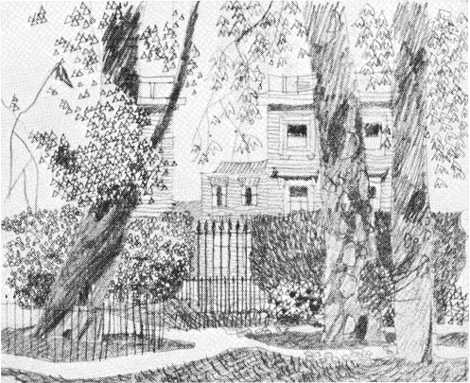
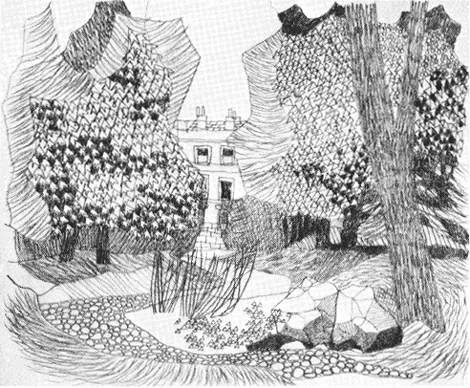
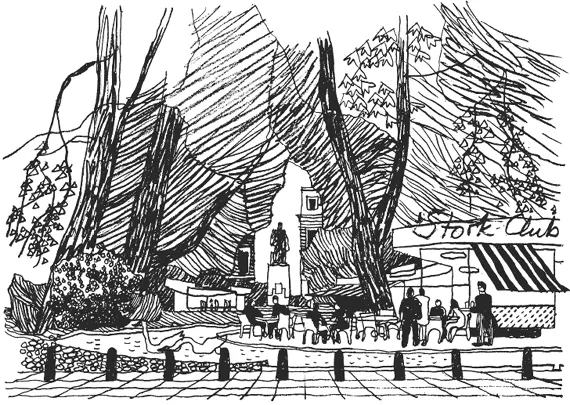
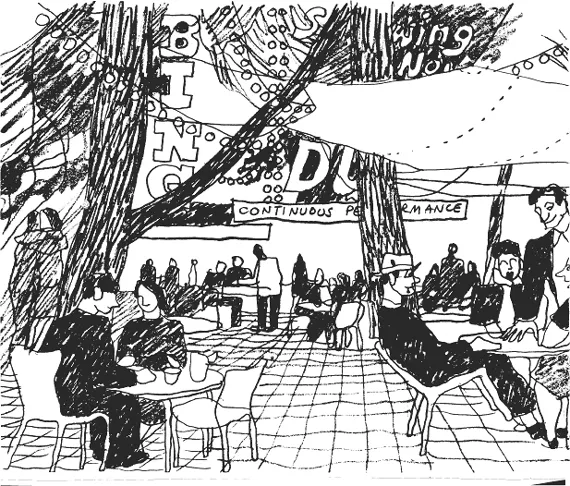
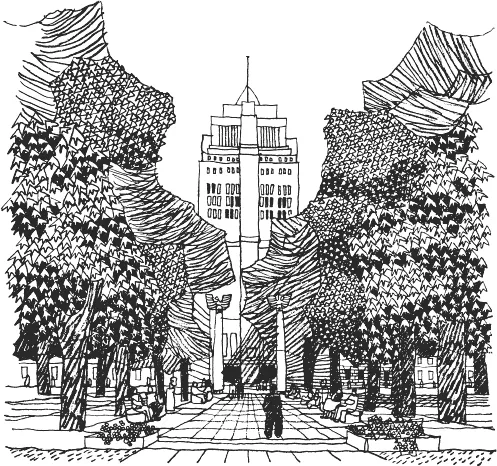
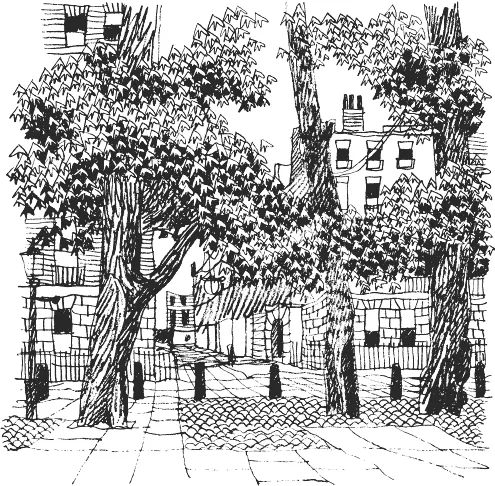
Conclusion:
In conclusion, Gordon Cullen’s seminal work, “The Concise Townscape,” continues to reverberate in the world of contemporary urban design. His timeless concepts and human-centric approach have fundamentally transformed the way cities are envisioned, designed, and experienced. As urban areas continue to evolve, Cullen’s vision remains a guiding beacon for designers seeking to create inclusive, connected, and thriving urban spaces that enrich the lives of their inhabitants.

Urban Design Lab
About the Author
This is the admin account of Urban Design Lab. This account publishes articles written by team members, contributions from guest writers, and other occasional submissions. Please feel free to contact us if you have any questions or comments.
Conclusion
References
About the author
Related articles


Architecture Professional Degree Delisting: Explained

Periodic Table for Urban Design and Planning Elements


History of Urban Planning in India

Best Landscape Architecture Firms in Canada
UDL GIS
Masterclass
Gis Made Easy- Learn to Map, Analyse and Transform Urban Futures
Session Dates
15th-19th December 2025

Urban Design Lab
Be the part of our Network
Stay updated on workshops, design tools, and calls for collaboration
Curating the best graduate thesis project globally!

Free E-Book
From thesis to Portfolio
A Guide to Convert Academic Work into a Professional Portfolio”
Recent Posts
- Article Posted:
- Article Posted:
- Article Posted:
- Article Posted:
- Article Posted:
- Article Posted:
- Article Posted:
- Article Posted:
- Article Posted:
- Article Posted:
- Article Posted:
Sign up for our Newsletter
“Let’s explore the new avenues of Urban environment together “

























